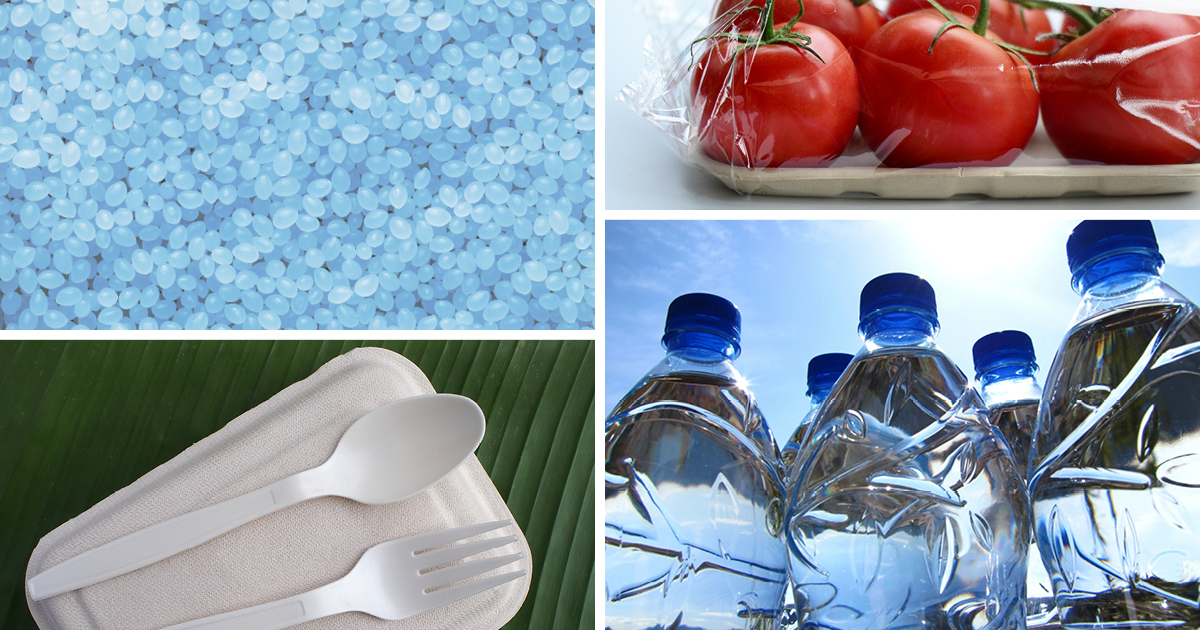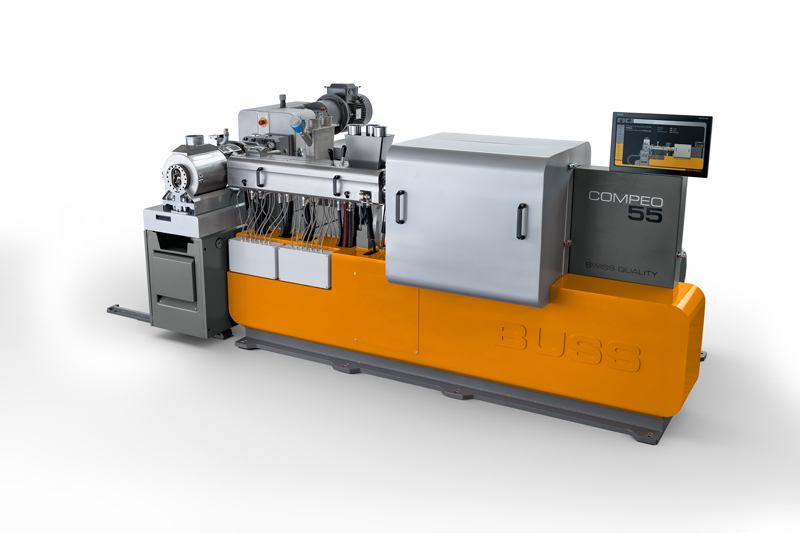Bio Plastics
Plastics are everywhere, from furniture to construction, cables to medical devices, paint, pipes, even textiles. The different types of plastics, from common to high-performance, hold many advantages for a broad range of industries and applications. Over the years, these industries change and evolve. One example is the packaging industry, especially in the food sector. With rising oil prices and changing environmental awareness in the 1980s, bioplastics made a comeback. They have been pushed out of the market at the beginning of the 20th century, when plastics production based on crude oil was discovered and proved to be much cheaper.

Bioplastics can be degraded by naturally occurring microorganisms to water and CO2. That makes them wholly unsuitable for many industries, and very fitting for a few. Nowadays, food packaging as well as other consumer durables are made more and more from bioplastics based on cellulose.
BUSS aspires to be state-of-the-art, as well as up-to-date. We accomplished this with our new compounder generation COMPEO!

Bioplastics compounding is just one example of the many applications, to which COMPEO can be modelled to. With bio plastics compounding, the careful incorporation of fibres, fillers and additives is a key element, as it often requires multiple metering of dry ingredient streams as well as the injection of liquid additives at defined positions in the compounder. Thanks to COMPEO`s modular design, this can be easily achieved.
Read more about bio plastics compounding here: https://www.busscorp.cn/en/industries/bioplastics/

